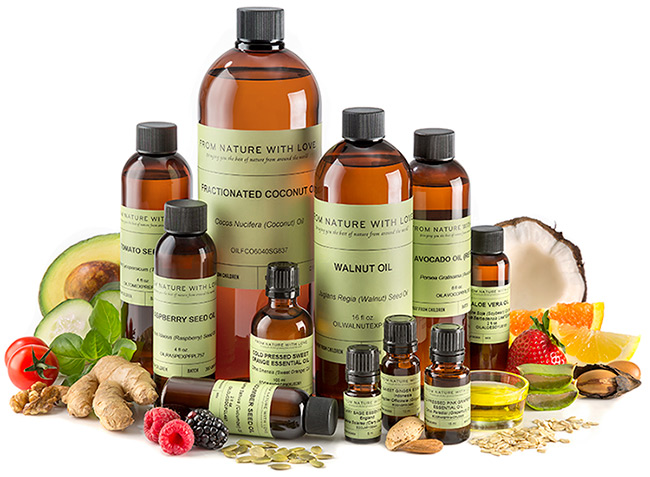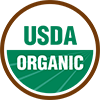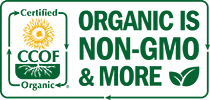Save 20% on Qualifying* Products Sitewide
During Our Summer Sale Event!
Use Code SUMMERSALE25 with $49 Minimum Order
*Offer excludes the largest bulk sizes and items already on sale
Sale ends July 18, 2025 at 12:00 p.m. (Noon) Eastern Time.
Also automatically earn FNWL Rewards valued at 10% of your merchandise subtotal!
Skin & Hair Care Ingredients View Festive and Beneficial Seasonal Themed Ingredients:
Valentine's Day Themed Ingredients View Our Complete Line of We are a member of the Organic Trade Association, and we have obtained |
Do You Have Product Questions?
Our goal is to empower every customer with the knowledge needed to make informed and confident product decisions.


Clicking the button above should open your email application.
If it doesn’t, you can reach us directly at productsupport@fromnaturewithlove.com.
“I placed my first order with you last week and I was impressed with the emails, the quickness of the order processing, and the fast shipping.”
“I placed my first order with you last week and I was impressed with the emails, the quickness of the order processing, and the fast shipping. It's not everyday you see that kind of service”
James & Mitzi Bennett, Hidden Creek Soap Co., Union, South Carolina



